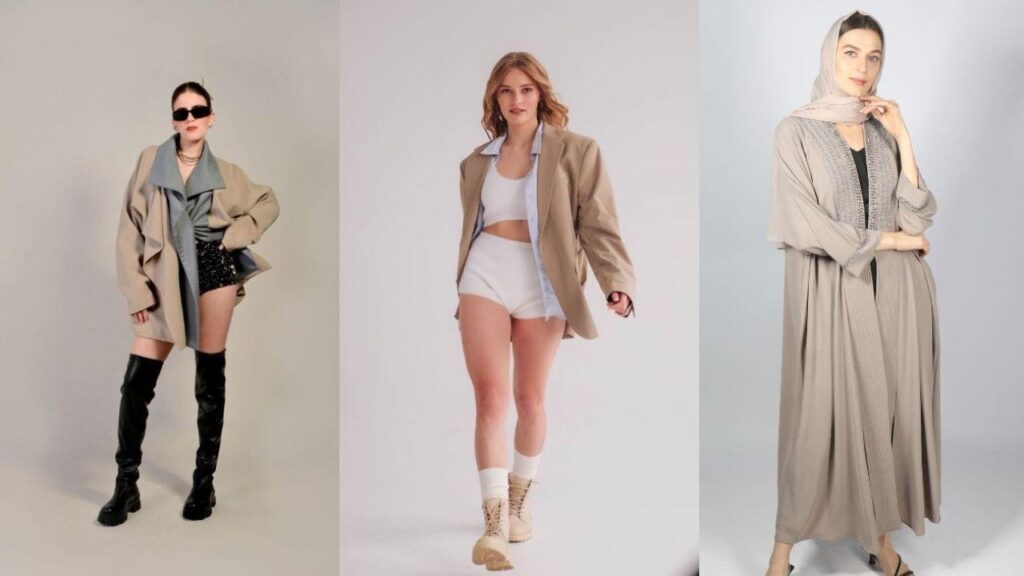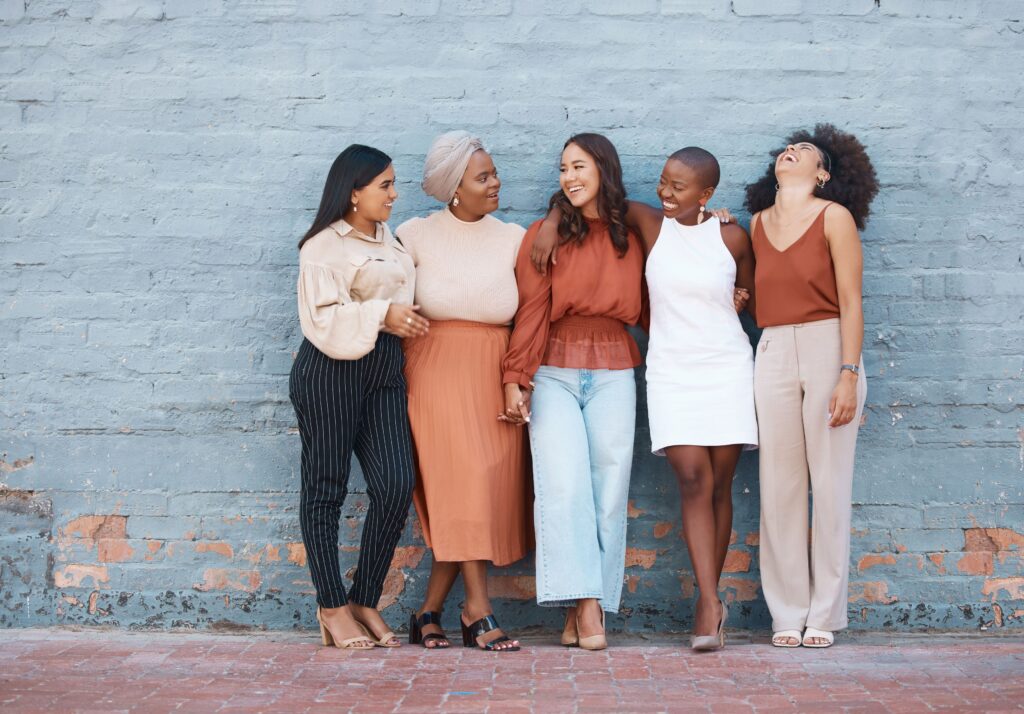Cultural Influences That Shaped Today’s Trends
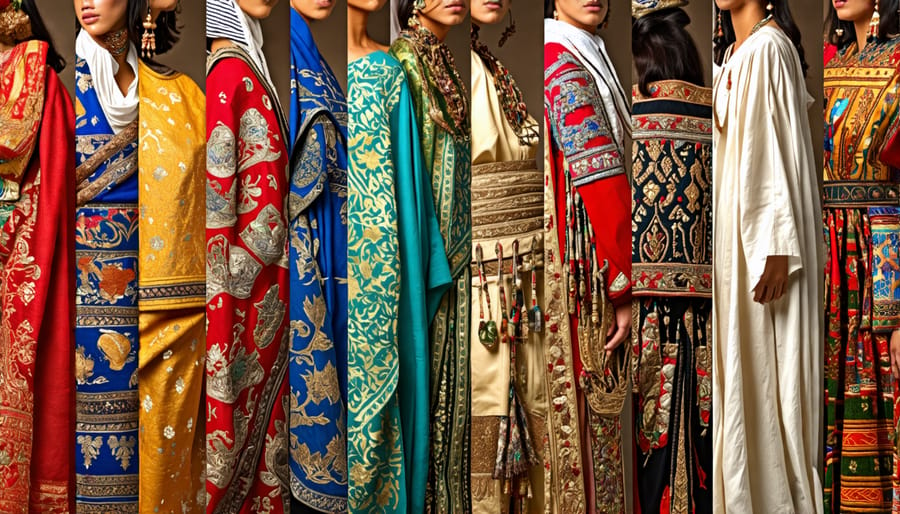
Cultural Influences That Shaped Today’s Trends
Fashion is not created in a vacuum. Every trend we see on runways, in stores, or across social media carries influences drawn from culture, history, and everyday life. From traditional dress to music, art, and social movements, culture provides the framework that shapes how we express ourselves through clothing. Today’s trends are the result of decades—sometimes centuries—of cultural blending, reinvention, and reinterpretation.
Streetwear and Hip-Hop Culture
One of the most dominant influences in fashion today is hip-hop culture. What began in the 1970s in New York as an expression of identity and resistance has become a global phenomenon. Baggy jeans, oversized hoodies, sneakers, and bold jewelry all trace back to this cultural movement. Brands like Adidas and Nike owe much of their success to hip-hop artists who transformed sneakers from athletic gear into everyday style statements. Today, luxury fashion houses such as Louis Vuitton and Balenciaga incorporate streetwear aesthetics into their collections, proving how deeply hip-hop culture has shaped mainstream fashion.
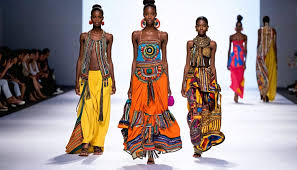
Pop Culture and Celebrity Style
Celebrities and pop culture icons have long influenced what we wear. In the 1960s, The Beatles popularized mod style in Britain, while Madonna’s daring looks defined the 1980s. Today, social media accelerates this influence. A single Instagram post from a celebrity can set off a global trend overnight. Think of Rihanna’s fearless red carpet outfits or Zendaya’s modern interpretations of vintage silhouettes—they don’t just wear clothes; they redefine what’s fashionable. Pop culture ensures that fashion remains dynamic, constantly evolving with the icons of the moment.
Traditional and Ethnic Clothing
Globalization has made fashion more interconnected than ever, and designers often draw inspiration from traditional garments. Japanese kimonos, Indian saris, and African prints have influenced runway collections and street style alike. For example, the kimono-inspired wrap dress has become a wardrobe staple, while Ankara prints from West Africa are celebrated worldwide for their vibrant colors. While cultural appropriation is an ongoing debate, respectful cultural exchange highlights the richness and diversity of global fashion traditions.
Art and Subcultures
Art movements and subcultures also leave lasting marks on trends. The punk movement of the 1970s, with its ripped jeans, leather jackets, and rebellious attitude, continues to inspire alternative fashion. Similarly, the grunge era of the 1990s, popularized by bands like Nirvana, gave us flannel shirts and distressed denim—items still beloved today. Contemporary art also influences fashion through collaborations, such as Louis Vuitton’s partnership with Japanese artist Yayoi Kusama, bringing polka dots into luxury fashion. These cultural connections between art and clothing make fashion not just wearable, but also an artistic statement.
Social Movements and Awareness
Beyond aesthetics, social movements have shaped the way we dress. The feminist movement encouraged clothing that allowed women to move freely, echoing Coco Chanel’s earlier vision. More recently, sustainability movements have pushed brands toward eco-friendly fabrics and ethical practices. Gender fluidity and body positivity movements are also influencing designs, with more brands embracing inclusive sizing and unisex collections. These shifts show how fashion reflects the values and priorities of society.
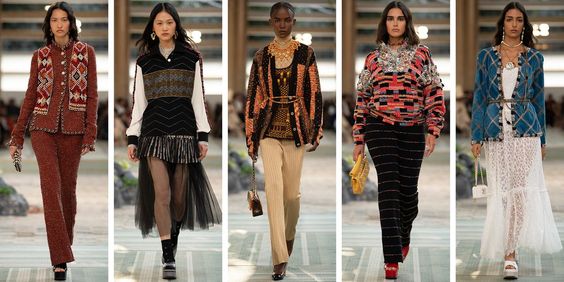
Technology and Digital Culture
Finally, digital culture has become a key player in shaping trends. The rise of online platforms like TikTok has made micro-trends such as “cottagecore” or “Y2K revival” spread at lightning speed. Virtual fashion, NFTs, and AI-generated designs are now entering the industry, signaling how technology is not just influencing but also reinventing fashion’s future.
Conclusion
Today’s fashion is a tapestry woven from countless cultural threads. Hip-hop gave us sneakers as high fashion, traditional garments provided inspiration for global designers, and social media ensures trends spread faster than ever before. By understanding these cultural influences, we see that fashion is more than clothing—it’s a reflection of history, identity, and the world we live in.


